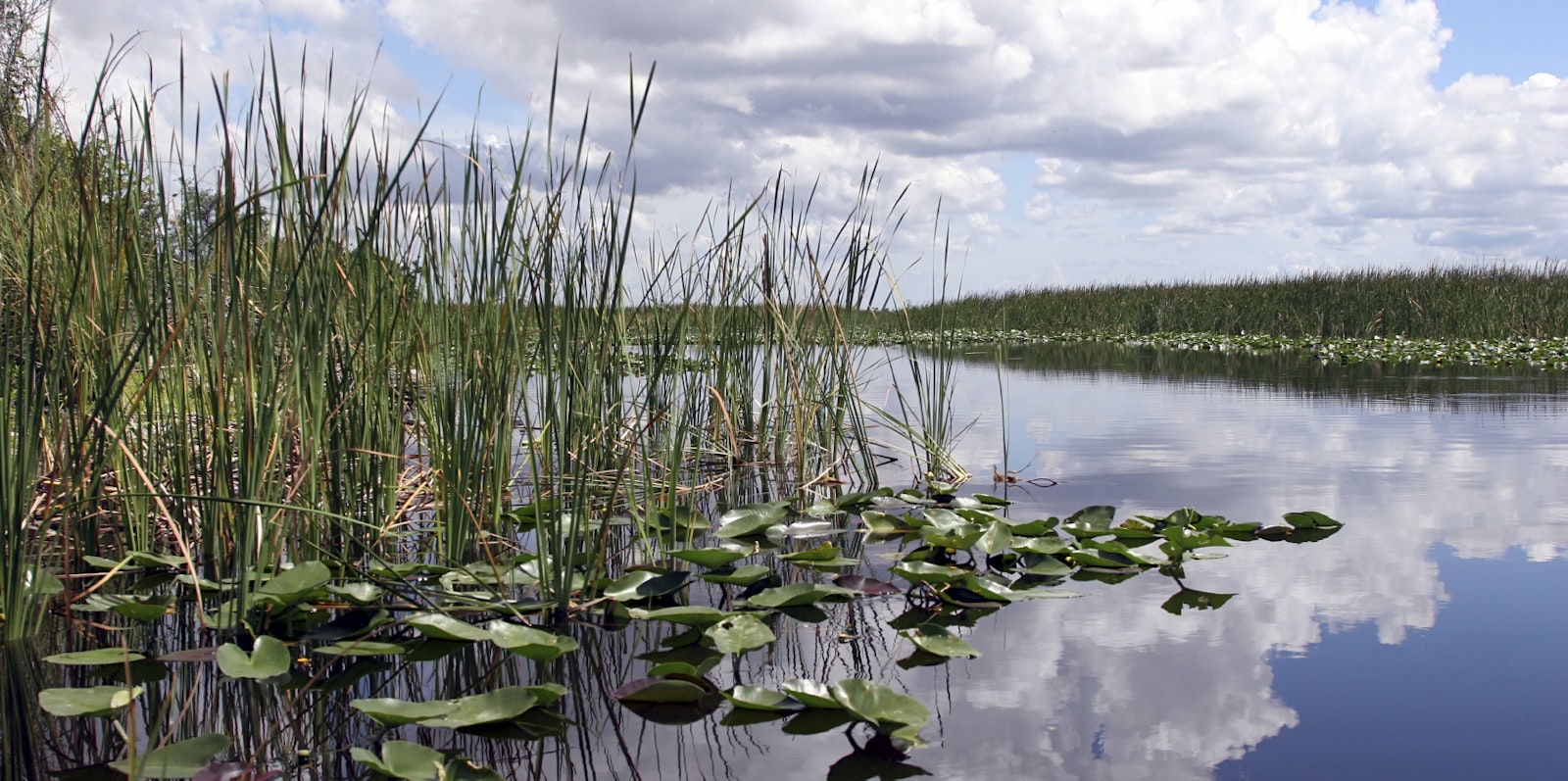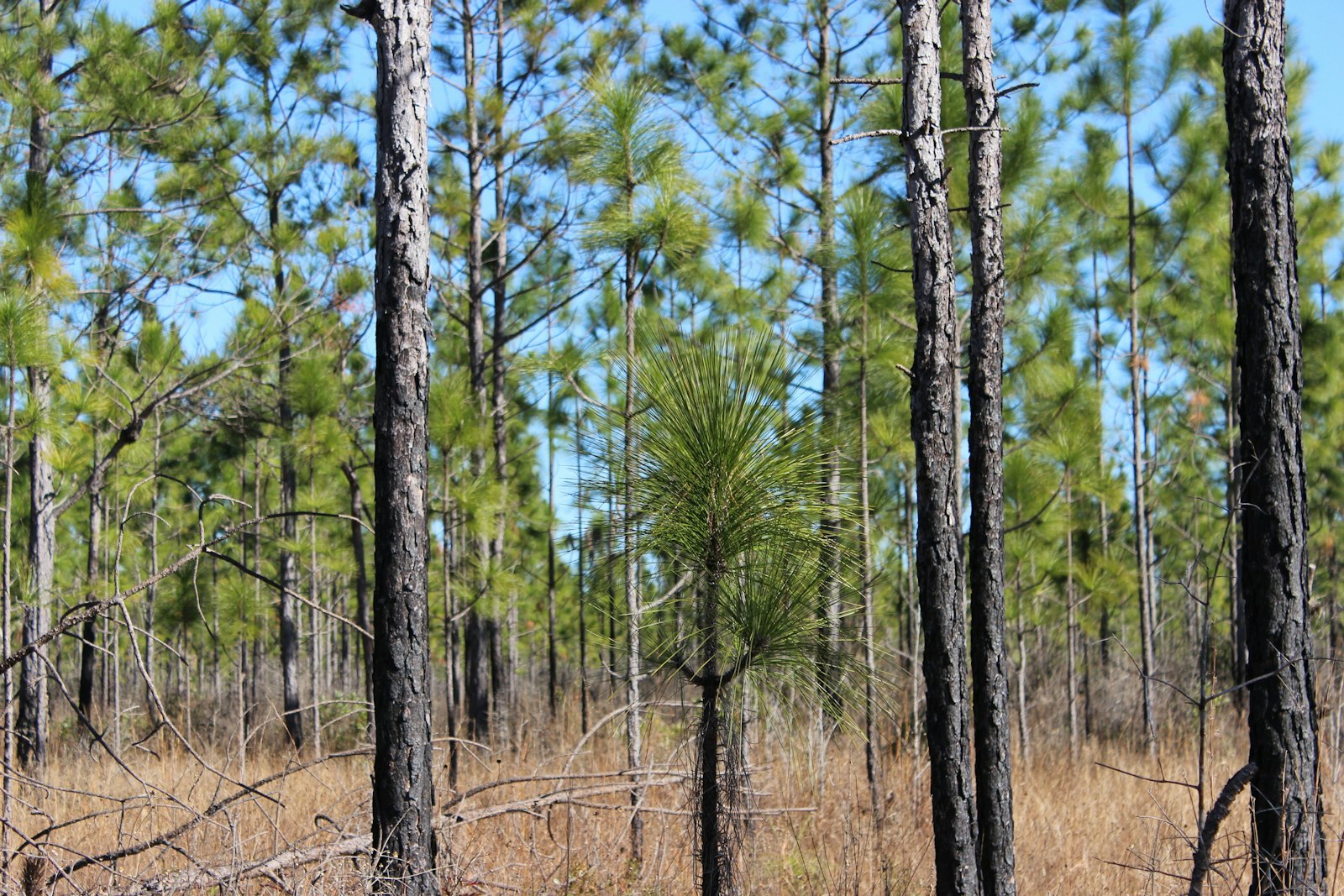
Program
Habitat Conservation
.
.
Introduction
Ecosystem restoration and ensuring resiliency across landscapes.
The iconic power of Half Dome looming over Yosemite Valley. A meandering stream in Grand Teton teeming with fish. A dense fog early in the morning settled into the lush valleys of Great Smoky Mountains. Immersing oneself in the awe-inspiring landscape of a national park is truly an unforgettable experience. Many national parks were created because of their unique landscapes and their biodiverse ecosystems that host a rich variety of wildlife and plants – some of which can’t be found anywhere else in the world.
National parks are home to an abundant complexity of terrestrial and aquatic habitats, often acting as a refuge for wildlife. But even protected lands are not immune to threats. Climate change, invasive species, habitat degradation, and ecosystem fragmentation put national park landscapes at risk, jeopardizing critical habitat that many of our incredible species rely on, and putting rare native plants at risk for extinction.
Working with an array of partners beyond park boundaries on a holistic, collaborative approach to manage ecosystems and keep wildlife corridors intact is essential for successful long-term conservation. NPF supports high priority ecosystem restoration and resiliency projects across the national park system, helping to ensure that these biodiverse ecosystems remain vibrant for generations to come.
Program Highlights
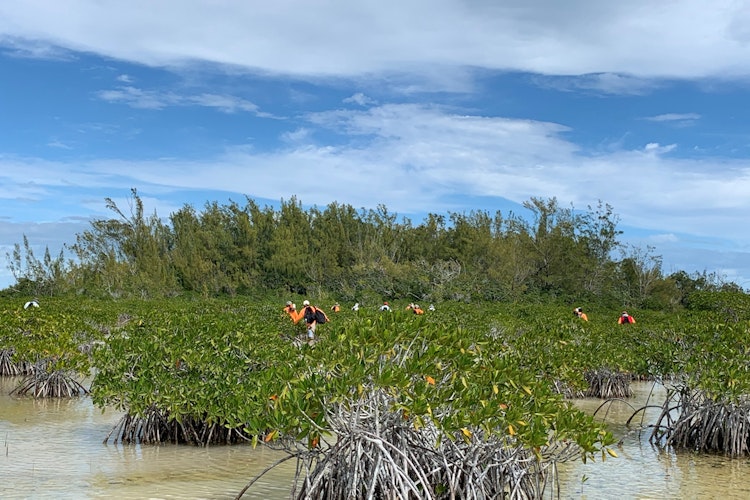
From wildlife habitat to water quality improvements to acting as a buffer to storm damage, wetlands are highly beneficial and productive ecosystems. But over two million acres of wetlands within national parks have been degraded due to past land uses, invasive species, and human alteration of natural water flow across the landscape. NPF is working with NPS to restore wetlands to their natural state, such as removing invasives in key habitat areas at Indiana Dunes National Park and Everglades National Park, and helping to restore the largest mid-elevation wet meadows at Yosemite National Park. Acting as a carbon sink, wetlands can also play an important role in carbon sequestration, and NPF is currently partnering with USGS and ApexRMS on a wetlands modeling tool that will predict restoration-driven carbon impacts.
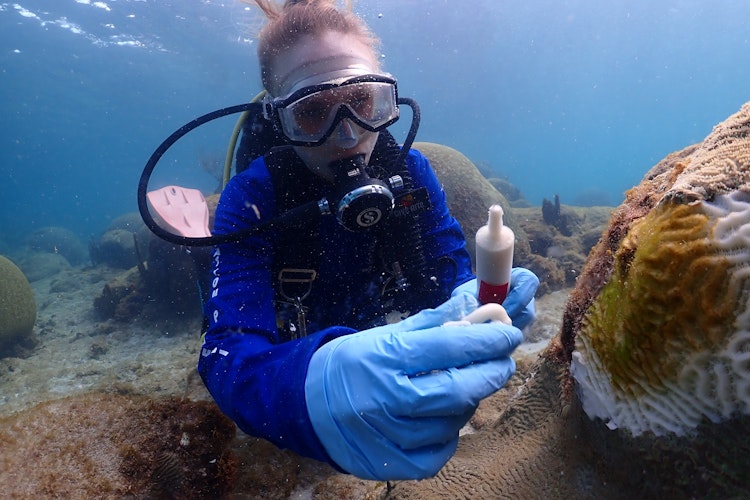
NPS manages 88 ocean and Great Lakes parks, conserving over 11,000 miles of coastline and 2.5 million acres of ocean and Great Lakes waters. But these parks face a number of threats from climate change, pollution, invasive species, overfishing, disease, and other impacts. NPF works with NPS on priority ocean and coastal resiliency projects, from the Caribbean Sea to the coastal fjords of Alaska. In five marine national parks in the southeast, NPF is helping park biologists address an ecological catastrophe unfolding in coral colonies: Stony Coral Tissue Loss Disease. NPF supports coral treatments of diseased colonies, as well as the outplanting of new, healthy coral fragments reared in onshore nurseries.
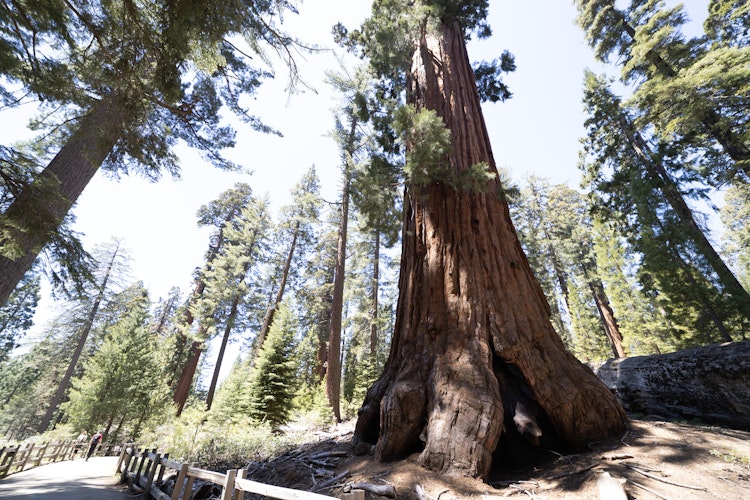
Working to combat threats from invasive species, pests, diseases, and catastrophic wildfires, NPF helps to protect and restore native forest ecosystems within national parks. For example, at Yosemite and Sequoia and Kings Canyon National Parks, NPF is supporting the Giant Sequoia Adaptive Management Working Group, which includes scientists and managers who are working to protect the largest tree in the world from succumbing to high-severity wildfires, drought, and bark beetle attacks.
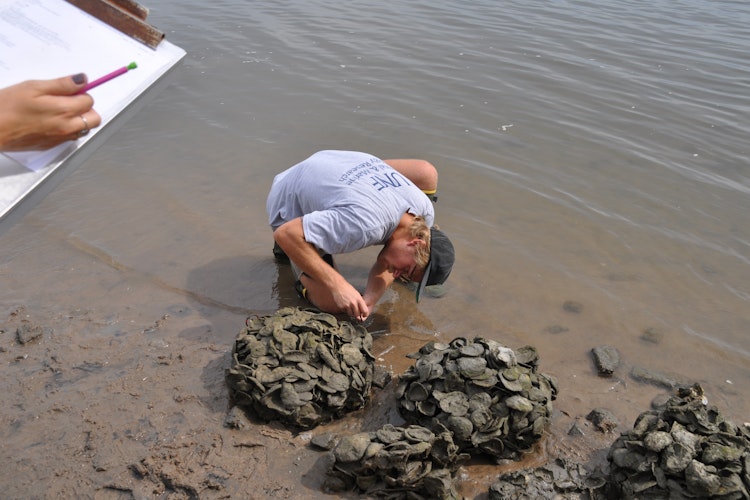
Impacts from climate change can worsen threats that parks are already facing. NPF helps to increase resiliency by restoring ecosystems back to health, putting parks in the strongest possible position to endure the impacts of climate change. And NPF supports nature-based climate solutions, including the restoration of habitats that play an important role in carbon sequestration and storage, as well as coastal resiliency efforts that use oyster reef ball structures to stabilize eroding shorelines.
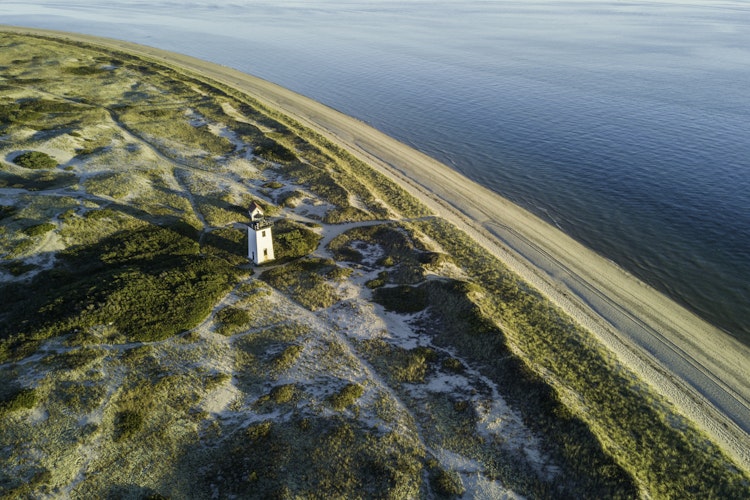
National parks are just one piece of a broader landscape. NPF supports conservation that extends beyond park boundaries, managing wildlife across park borders, enhancing connectivity, and contributing to efforts that increase healthy, intact landscapes and waterways. At Cape Cod National Seashore, NPF is supporting the Herring River Restoration project: a collaborative conservation effort by NPS, the Town of Wellfleet, and other partners to restore water flows and habitat across 1,100 acres of coastal wetlands inside and outside of park boundaries - reconnecting critical fish passages, improving water quality, and increasing climate resiliency of the local community.
Program Updates
-
UpdateRare Fireflies Found at Assateague Island National Seashore
-
UpdateProtecting Wildlife: NPF Grants Support Threatened and Endangered Species
-
UpdateBringing Freshwater Mussels Back to Cuyahoga Valley National Park
-
UpdateNPF Grant Supports Largest Wetland Restoration Project in Yosemite National Park’s History
-
UpdateIce as Habitat: Quantifying Seasonal Glacial Ice Used by Harbor Seals in Kenai Fjords National Park
-
Update3,400+ Acres Acquired to Further Preservation of Sand Creek Massacre National Historic Site
-
UpdateRemoving Invasive Grasses to Reintroduce Rare Desert Frogs at Saguaro National Park
-
UpdatePrairie Dog Management Translocates 100 Prairie Dogs to Petrified Forest National Park
-
Press ReleaseNational Park Foundation Honors Corporate Partners that Preserve and Enrich National Parks for Future Generations
-
UpdateCalifornia Condors Take Flight in Redwoods
-
UpdateThe Butterflies of the Grand Canyon
-
UpdateWorking Together for the Future of Parks
-
UpdateAnother Year of Impact in Our Parks
-
UpdateEvery Day is Earth Day
-
UpdateFlight 93: A Lasting Legacy
